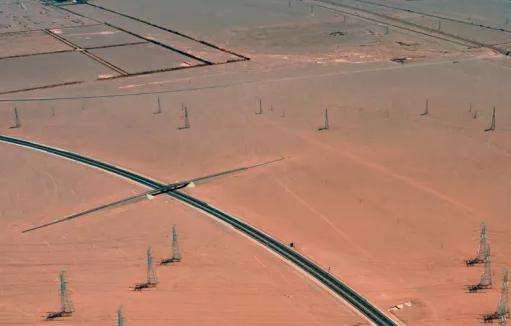In the final analysis, this is still due to the reduction of the initial shares of major shareholders.
Energy Saving Wind Power is a stock issued by China Energy Conservation Wind Power Co., Ltd.
Affiliated sectors
The fund has significant holdings in sectors such as new energy sector, energy conservation and environmental protection sector , the low-carbon economy sector, SSE 380 sector, Shanghai-Hong Kong. Connect Stock Sector, Beijing Sector, Electric Transmission and Distribution Sector, Sub-New Stock Sector, Wind Power Sector.
Industry Background - Wind Power Industry
The electric power industry is an industry that produces and transmits electrical energy and can be divided into four basic links: electricity production, transmission, distribution and electriquoted. provide. The characteristic that electrical energy cannot be stored determines that the production, transmission, distribution and supply of electricity takes place in an instant. It is an organically connected and closely coordinated whole. The wind industry belongs to the electricity production link of the electric power industrial chain.
The working principle and process is that the kinetic energy of the air is first converted into mechanical energy through the impeller, and then the mechanical energy is converted into electrical energy through the generator. The generator is boosted by the booster substation then transported to the electricity network. The power grid then sends electrical energy to each energy consumption unit.
Is energy efficient wind power a photovoltaic sector?
Once distributed wind power is connected to the gridwater, profits can be made in the following ways:
1. Power generation revenue: After distributed wind power generation, the generated energy can be sold to grid operators or other electricity users to obtain power generation revenue. The size of the revenue will depend on factors such as the installed capacity of distributed wind power, annual electricity production and the price of electricity sold.
2. Subsidy policy: In some regions, the government will provide subsidies for distributed wind energy projects to encourage and support the development of renewable energy. Subsidy policies may include fixed subsidy amounts, price differentials or power purchase agreements. By participating in these subsidy policies, distributed wind energy projects can obtain additional benefits.
3. Carbon emissions trading: Some regions have established a carbon emissions trading system. Distributed wind energy projects can obtain carbon emission rights by reducing carbon dioxide emissions, and then trade these carbon emission rights, thereby earning. benefits.
4. Subsidies for energy conservation and emission reduction: Distributed wind power projects can also obtain subsidies for energy conservation and emission reduction through the effect of energy conservation and reducing emissions. These subsidies can be determined based on reduced emissions from wind power generation and social standards for energy conservation and emissions reduction. By participating in these subsidy policies, distributed wind energy projects can obtain additional benefits.comments.
In summary, once connected to the grid, distributed wind power can obtain benefits through electricity generation revenues, subsidy policies, carbon emissions trading carbon and subsidies for energy conservation and emissions reduction. Policies and market conditions may differ in different regions, so the specific revenue situation should be analyzed and understood based on the actual situation.
No.
Energy-saving wind power belongs to the new energy sector, the energy conservation and environmental protection sector, the low carbon economy, SSE 380 sector, Shanghai Stock Connect sector, electricity transmission and distribution sector. , and finance a heavy position in the sector sector, Beijing sector, sub-new stock e sectort wind energy sector. Energy-efficient wind power is therefore not a photovoltaic sector.
Since its establishment, Energy Saving Wind Power's main activity has been the development, construction and operation of wind power generation projects. All of the company's operating assets and revenues are closely linked to wind energy production. Market development will be resolutely carried out in accordance with the standards of “effective scale and large-scale benefits”.














